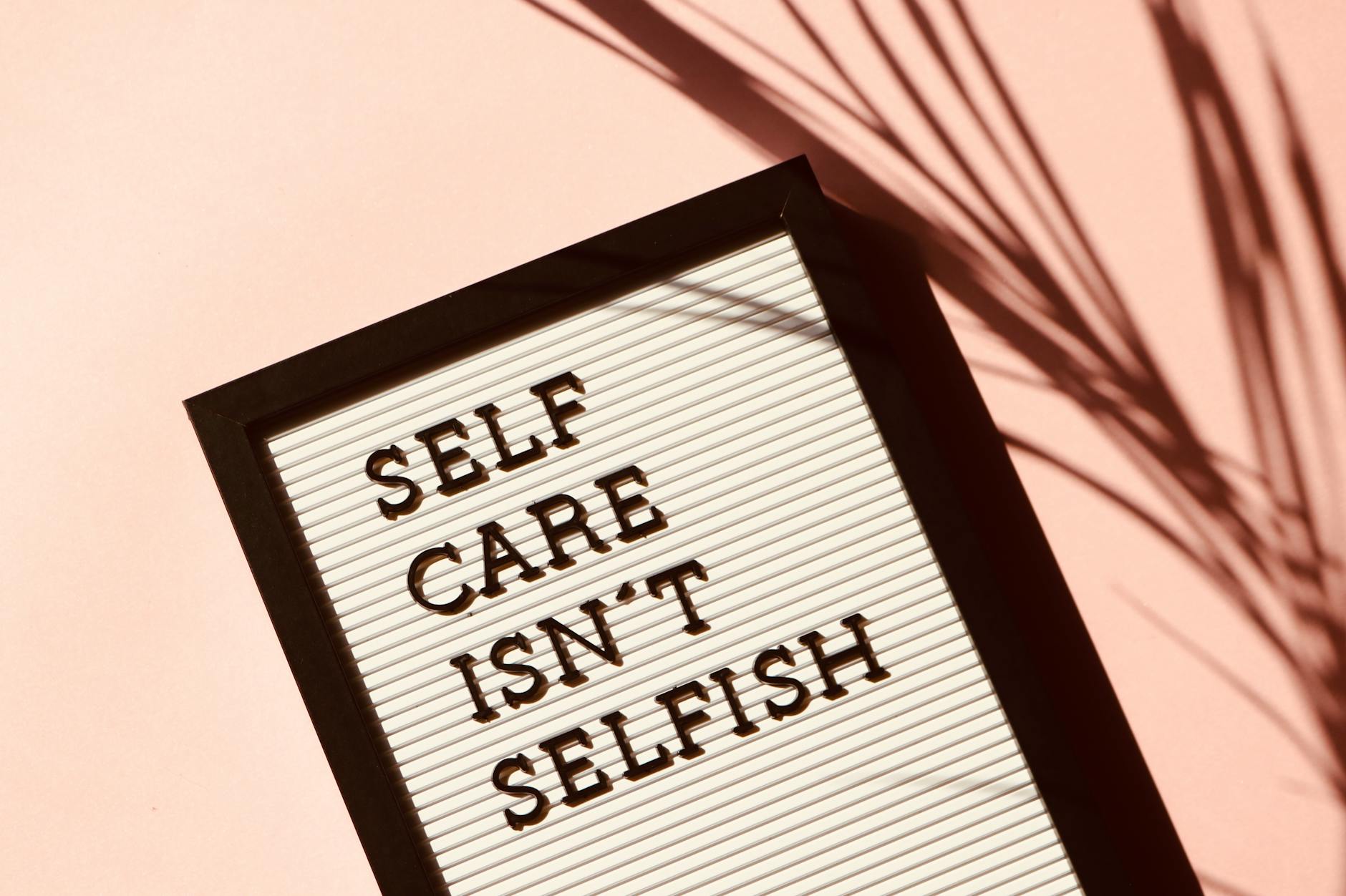Discover how one woman transformed her life from pain to power by overcoming Celiac Disease through the power of diet.
Table of Contents
Living with celiac disease can be challenging, but with the right approach to your diet, you can conquer this condition and reclaim your power over your health. In this blog post, we’ll explore the importance of managing and treating common health conditions like celiac disease through dietary changes. Let’s dive in and learn how to thrive despite this autoimmune disorder.
Celiac Disease: Understanding the Enemy Within
Celiac disease is an autoimmune disorder that affects the small intestine and is triggered by consuming gluten, a protein found in wheat, barley, and rye. When individuals with celiac disease ingest gluten, their immune system responds by attacking the lining of the small intestine, leading to inflammation and damage.
Common symptoms of celiac disease include digestive issues like bloating, diarrhea, and abdominal pain, as well as fatigue, skin rashes, and nutrient deficiencies. Proper diagnosis and management of celiac disease are crucial for preventing long-term complications and improving quality of life.
The Power of a Gluten-Free Diet
The cornerstone of treating celiac disease is following a strict gluten-free diet. By eliminating gluten from your diet, you can alleviate symptoms, promote healing in the intestine, and prevent further damage. Here are some key tips for successfully transitioning to a gluten-free lifestyle:
- Educate Yourself: Learn about the sources of gluten and how to read food labels to identify hidden sources of gluten in packaged foods.
- Stock Up on Gluten-Free Staples: Fill your kitchen with gluten-free grains like rice, quinoa, and corn, as well as gluten-free flours, pastas, and snacks.
- Cook from Scratch: Prepare homemade meals using whole, naturally gluten-free ingredients like fruits, vegetables, lean proteins, and dairy products.
- Be Cautious Dining Out: When eating out, communicate your dietary needs clearly to restaurant staff and choose restaurants that offer gluten-free options.
Embracing a Healthy Gluten-Free Lifestyle
Beyond just eliminating gluten, a well-rounded gluten-free diet should focus on nutrient-dense, whole foods to support overall health and well-being. Here are some tips for embracing a healthy gluten-free lifestyle:
| Chapter | Title | Summary |
|---|---|---|
| 1 | Understanding Celiac Disease | This chapter explains what celiac disease is, how it affects the body, and common symptoms |
| 2 | Diagnosing Celiac Disease | Explains the process of diagnosing celiac disease including blood tests and biopsy |
| 3 | Transitioning to a Gluten-Free Diet | Offers practical tips and advice on how to successfully switch to a gluten-free diet |
| 4 | Benefits of a Gluten-Free Diet | Discusses the positive impact of a gluten-free diet on overall health and well-being |
| 5 | Dealing with Social Situations | Offers strategies for managing social situations and dining out while following a gluten-free diet |
- Fill Your Plate with Color: Aim to eat a variety of colorful fruits and vegetables to ensure you’re getting a range of vitamins, minerals, and antioxidants.
- Include Lean Proteins: Incorporate lean protein sources like poultry, fish, tofu, and legumes to support muscle health and energy levels.
- Choose Whole Grains: While gluten-containing grains are off-limits, opt for gluten-free whole grains like quinoa, brown rice, and buckwheat for fiber and sustained energy.
- Don’t Forget Healthy Fats: Include sources of healthy fats like avocados, nuts, seeds, and olive oil to support brain function and heart health.
Finding Support and Success
Managing celiac disease can feel overwhelming at times, but you’re not alone on this journey. Seek support from healthcare professionals, dietitians, and online communities to stay informed and connected. Remember, with dedication, education, and a positive attitude, you can navigate the challenges of celiac disease and thrive on a gluten-free diet.
By embracing a gluten-free lifestyle focused on whole, nutritious foods, you can turn your pain into power and conquer celiac disease. Take control of your health and well-being by making informed choices and prioritizing self-care. You have the strength and resilience to overcome any obstacle that comes your way. Here’s to your health, happiness, and empowerment!
What are the symptoms of celiac disease?
Common symptoms of celiac disease include digestive issues like bloating, diarrhea, abdominal pain, fatigue, skin rashes, and nutrient deficiencies.
How can a gluten-free diet help with celiac disease?
By eliminating gluten from the diet, a gluten-free diet can alleviate symptoms, promote healing in the intestine, and prevent further damage.
What are some key tips for transitioning to a gluten-free lifestyle?
Educate yourself on gluten sources, stock up on gluten-free staples, cook from scratch, and be cautious dining out to successfully transition to a gluten-free lifestyle.
How can I find support for managing celiac disease?
Seek support from healthcare professionals, dietitians, and online communities to stay informed, connected, and empowered to manage celiac disease effectively.





